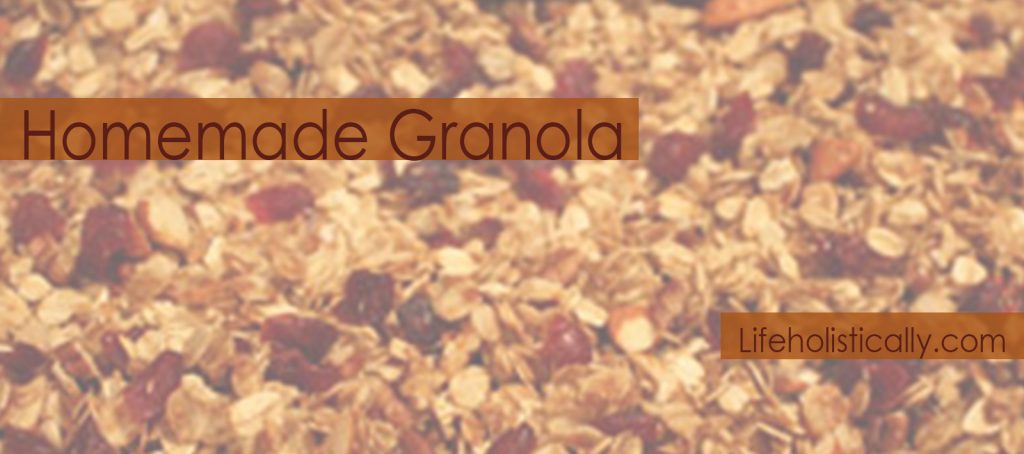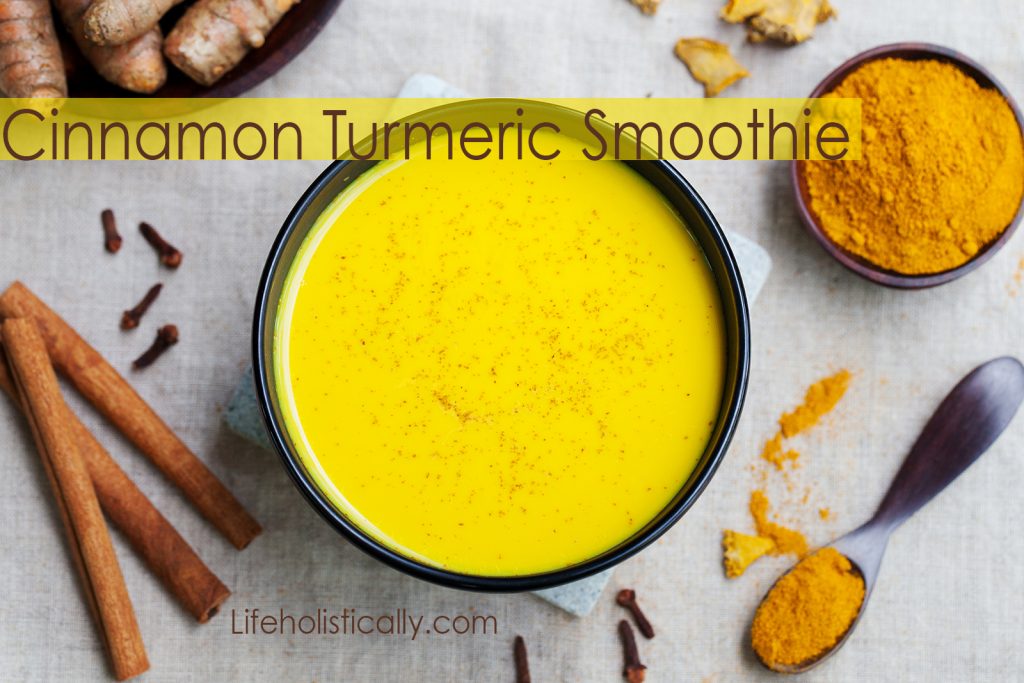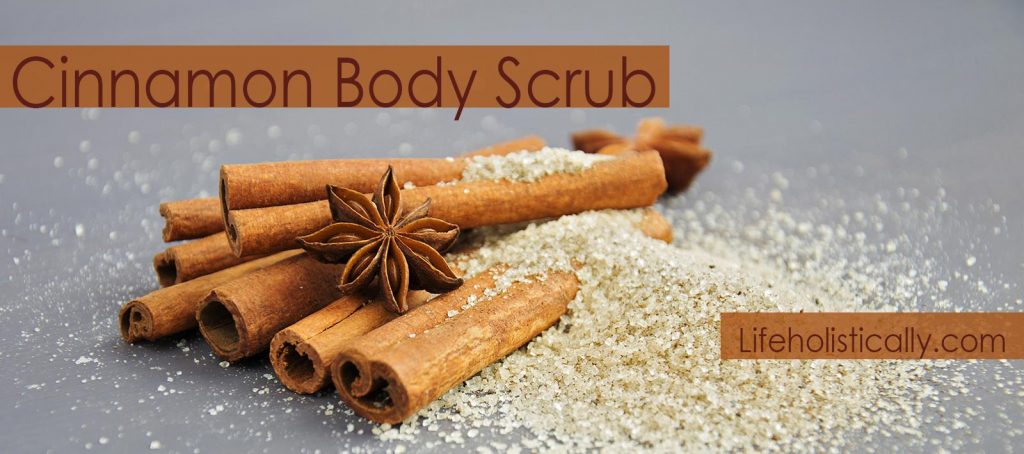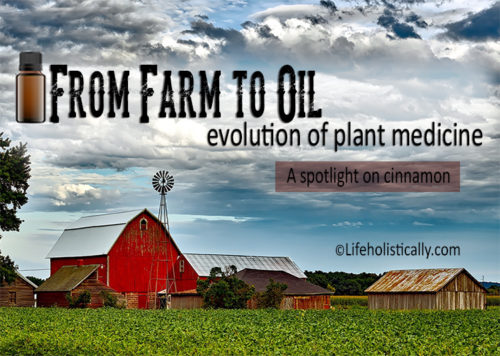The essential oils that we know and love are derived from plants, but this does not necessarily mean that the therapeutic benefits or uses from the plant to essential oil are the same. In many cases, this does not hold true. There are many recipes online utilizing essential oils that do not honor chemistry, and do not focus on safe use. Essential oil sustainability is also a massive concern as more and more people are stepping into the essential oil community every day. It is not necessary to use oils every day, or in everything. When we see a recipe shared online, we must ask ourselves if it is necessary, shifting the way we currently see these beautiful resources. Today my focus is on cinnamon essential oil: From Farm to Oil:Evolution of Plant Medicine-A Spotlight on Cinnamon
My goal in this series of blogs is to celebrate plants in all of their glory. I will walk you through from farm to oil. Uses, limitations, and fun recipes of each botanical will be covered. Within each article I will discuss the herb, flower, fruit, seed, root, or bark, and finally, the oil. This will be informative and most importantly, FUN!
Today is all about Cinnamon. I will be covering the spice and in regards to the essential oil, will be looking at both Cinnamon bark (Cinnamomum zeylanicum) and Cinnamon leaf (Cinnamomum verum), the botanical names are sometimes used interchangeably, but the chemistry, cautions, and contraindications are different.
Cinnamon
Cinnamon is a spice that comes from the branches and bark of wild trees that belong to the genus “Cinnamomum”.
Cinnamon might not be the first spice that we reach for when cooking a meal, but it is definitely not due to a lack of health benefits.
There are two main types of cinnamon [1]. Ceylon cinnamon is the first, and is sometimes called “true” cinnamon. The other is Cassia cinnamon. Cassia is the more common variety today, and contains more Coumarin than the Ceylon variety. Coumarin is a very important constituent that I will be covering in more detail when I dig into the essential oils.
**Side note, there is overly processed cinnamon spice on the market that lacks therapeutic value, so be sure that you buy yours from a reputable supplier. Contrary to what you have read online, there is not a truly ‘fake’ cinnamon, just inferior ones.
As with any other herb that you purchase, the fresher it is the better. When cinnamon loses its bite, it also starts loosing its therapeutic value.
Cinnamon is rich in plant polyphenols that can help control blood sugar and insulin spikes after meals [2]. Adding a pinch to your tea before a meal is a fantastic way to find balance. Polyphenols are antioxidants that come with many benefits, and have many studies attached to them. One placebo-controlled trial found that a supplement containing cassia cinnamon, chromium and carnosine successfully lowered fasting blood sugar in people with pre-diabetes [3].
Blood sugar balance is not the only benefit that cinnamon provides us. A study published in 2003 by the journal Diabetes Care showed that cinnamon reduces patients’ triglycerides, and LDL cholesterol in patients with type 2 diabetes, lowering the risk factors associated with diabetes and cardiovascular diseases [4]. These results were measured after anywhere from 1-6 grams of the spice was taken internally for 40 days.
These are just a few examples of why consuming cinnamon spice daily may have some benefits to your overall health.
WebMD states that cinnamon is considered to be safe when consumed in the levels you would in food. Consuming in large amounts could be a concern for those with blood clotting issues or those on blood thinning medications due to the constituent Coumarin. Use caution if you have been diagnosed with low blood sugar levels (hypoglycemia), as cinnamon has been shown to have the ability to lower it further it could cause issues for you [5].
If the above cautions do not apply to you, I ask that all of you begin to think about where you can use the spice before reaching for the essential oil, as the benefits are often not the same. Here are a few ideas for you.
Cooking with Cinnamon

Pumpkin Cinnamon Granola
Ingredients:
Organic pumpkin puree 1/2 cup
Pure honey 1/3 cup
Pure vanilla extract 1 teaspoon
Gluten free oats 2 1/2 cups
Chia seed 1/4 cup
Pecans, Walnuts, or Almonds ½ cup crushed
Pumpkin seed 1/4 cup
Dried cranberries 1/2 cup
Himalayan pink sea salt 1 tsp
Ground cinnamon 2 tsp
Ground ginger 1/2 tsp
Ground nutmeg 1/4 tsp
Directions:
Preheat the oven to 300 degrees F. Line a baking sheet with parchment paper.
In a large bowl, mix the pumpkin puree, cinnamon, ginger, salt, and nutmeg. Stir in the honey and vanilla extract. Next, add the oats and quinoa, and stir until evenly coated. Lastly, add the crushed nuts and pumpkin seeds.
Spread the mixture evenly on the parchment paper and press down with the back of a spatula. Bake for 20 minutes, gently mix, then bake for an additional 20 minutes. Place the pan on a wire rack and let the granola cool completely on the baking sheet for a minimum of one hour. Once cool add the cranberries.
This recipe will keep in an airtight container at room temperature for 2-3 weeks. Add to your favorite yogurt, pour over almond milk, or eat plain to assist in balancing blood sugar between meals.
Morning Cinnamon Smoothie

Ingredients:
Unsweetened almond milk 12 oz (can replace with coconut milk)
Half of a frozen banana
Organic pitted dates 2 chopped
Ground cinnamon 2 tsp
Ground turmeric 1 tsp
Blend well and enjoy!
Using the Spice in Body Recipes
Ground cinnamon can be quite heavenly in a body scrub; it is aromatic and helps to open the sinuses giving you a pep in your step to start off your day. I prefer the spice to the essential oil on the skin, as the oil has a much higher risk of skin irritation. More on this shortly
Cinnamon Body Scrub
 Ingredients:
Ingredients:
Brown sugar 1 cup
Coffee grounds 2 tbsp
Carrier oil of your choice 1/4 cup
Ground cinnamon 1 tsp
Ground nutmeg 1/4 tsp
Mix well and store in a glass container. Make sure you do not dip wet fingers into the container; the introduction of water into the container will encourage microbial growth.
Cinnamon Essential Oil
Cinnamon bark (Cinnamomum zeylanicum)
Cinnamon bark is a powerful aromatic oil, and contains high amounts of the constituent cinnamaldehyde. As is the case with aldehydes, cinnamon bark essential oil carries a very high risk for skin irritation, the highest of almost any essential oil in the marketplace. Robert Tisserand gives more details on the skin risk here.
Tisserand recommends not using on the skin at rates any higher than 0.1%. These numbers are very important when you look at it in a blend. This is what it would look like:
5mls carrier oil=0.1 drops cinnamon bark
50mls carrier oil=1 drop cinnamon bark
50mls is the equivalent of approximately 1.75 ounces/3.5 tbsp/10tsp
Due to this, I have great concern for those purchasing proprietary anti-germ blends containing cinnamon bark essential oil. There is no way to know if the blend is safe to use on the skin or not. Couple that with individuals recommending applying these blends neat or undiluted….it is simply playing with fire.
According to Tisserand, cinnamon bark essential oil should be avoided is pregnant or nursing, and can be risky for anyone attempting to take it orally with numerous medications, which I highly discourage.
Diffusing it even comes with precautions. You can burn the inside of the nose or irritate the lungs if you sit too close.
For these reasons, I do not use cinnamon bark in my practice or in my home.
For a detailed list of cautions and contraindications for cinnamon bark, refer to Tisserand’s, Essential Oil Safety 2e.
Cinnamon leaf (Cinnamomum verum)
Cinnamon leaf does not comes from the bark like its counterpart, but it still carries cautions. There are some professionals that consider cinnamon leaf to be a safe replacement for cinnamon bark, and it can be.
First things first, cinnamon leaf has high amounts of eugenol, which is in the family of phenols. Phenols are considered caustic, so we still need to use great care when applying to the skin. Can it be used on the skin at all? It can. Cinnamon leaf is most used in a blend for muscle tightness and discomfort. Even though there are many other essential oils that are useful for discomfort, I highly recommend using the leaf over the bark.
When looking at the figures above for cinnamon bark, that only 1 drop is recommended in 50mls of carrier oil, in comparison you can go up to 7 drops of cinnamon leaf in 50mls of carrier oil.
There are many cautions and contraindications to both cinnamon bark and cinnamon leaf essential oils. According to Tisserand, Cinnamon leaf had many of the same concerns as cinnamon bark. Are you asking why I do not utilize cinnamon leaf if I can? When looking at the range of essential oils that are available to me in my toolbox, I would rather go with essential oils that are effective without all the risk of irritation.
For more information, refer to Tisserand’s Essential Oil Safety 2e.
I have included a number of references should you want to do additional research on both cinnamon bark and cinnamon leaf. If you are currently using either in hopes of ‘staying well’, I encourage you to comb through them.
Closing
When we take from the earth for nutrition, sustenance, and healing, it is important that we always consider not only the impact of our use but on giving back. In an ideal world, if we all gave back a little bit more than we take, the impact would be massive. As you can see here with cinnamon, the essential oil carries much more risk than the spice. With so many people utilizing these essential oils, there is great concern for injury. For the continued future success of natural healing, it is important that we look at the big picture by looking at risk vs benefit. I hope you can see that here the risk is far greater.

Like so many practices in life, I encourage you to become educated on the proper use of essential oils. When using them, please do so cautiously, understanding that there is often misinformation on the internet. You can be assured that I support only educated and proven resources. While essential oils should not be feared they should be respected and used properly to ensure the safety of the individuals using them.
Please note that I am not a medical practitioner. The content of this website is provided for general informational purposes only and is not intended as, nor should it be considered a substitute for, professional medical advice. Do not use the information on this website for diagnosing or treating any medical or health condition. If you have or suspect you have a medical problem, promptly contact your professional healthcare provider. By using this website, you assume full responsibility and liability for your own actions.
References
[1] History behind cinnamon. Retrieved from https://blog.paleohacks.com/ceylon-cinnamon/
[2] Bozzetto, L. et.al. Polyphenol-rich diets improve glucose metabolism in people at high cardiometabolic risk: a controlled randomised intervention trial. Diabetologia 2015 Jul;58(7):1551-60
[3] liu, Y. et.al (2015) A Dietary Supplement Containing Cinnamon, Chromium and Carnosine Decreases Fasting Plasma Glucose and Increases Lean Mass in Overweight or Obese Pre-Diabetic Subjects: A Randomized, Placebo-Controlled Trial. PLOS One. Sep 25;10(9):e0138646
[4] Cinnamon improves glucose and lipids of people with type 2 diabetes. Retrieved from https://www.ncbi.nlm.nih.gov/pubmed/14633804
[5] Cassia cinnamon. Retrieved from https://www.webmd.com/vitamins/ai/ingredientmono-1002/cassia-cinnamon
Resources
Cinnamon bark. https://www.webmd.com/vitamins/ai/ingredientmono-330/cinnamon-bark
6 Side Effects of Too Much Cinnamon. https://www.healthline.com/nutrition/side-effects-of-cinnamon
12 Side Effects of Cinnamon. https://www.cinnamonvogue.com/cinnamon_side_effects.html
BEFORE YOU GO! Remember to sign up for my FREE Facebook group! Hang out with me and THOUSANDS of other Essential Oil lovers looking to learn, click on to join Real Essential Oil Education Group!
Check out my FREE offer below!
[et_bloom_inline optin_id=optin_3]




